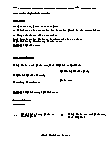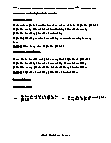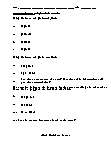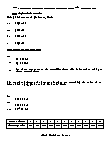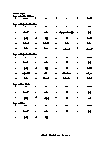Composition of Functions Worksheets
How to Interpret Math Functions? Functions in mathematics refer to a value being related or linked to another value or variable. This linkage or relation depends upon the nature of the function. The linkage can be in proportionality or inverse of it. A numerical capacity comprises three sections: information, yield, and the connection between the two, which can be delineated on a chart. Deciphering a capacity implies changing over the images of a recipe or a brought diagram into important data that fits what you’re searching for. At the point when you’re deciphering a capacity, you’re responding to questions dependent on the incidentally secretive data accessible. For instance, maybe we need to address the accompanying inquiries regarding the three-locale diagram presented previously: What kind of function is it? What are the domain and range? At what focuses does it cross the x and y axes? At what parts it the 'y' value expanding as x increases (positive slant).
-
Basic Lesson
Guides students solving equations that involve an Composition of Functions. Demonstrates answer checking. Using f(x)= x+1, g(x)= 2x Find f(g(x)) 1. Substitute the expression for function g(2x) in the composition. 2. Now, substitute this expression.
View worksheet -
Intermediate Lesson
Demonstrates how to solve more difficult problems. f(x)=2x+k, g(x)= (x-6)/2 For what value of k is f(g(x)) = g(f(x)).
View worksheet -
Independent Practice 1
A really great activity for allowing students to understand the concept of Composition of Functions.
View worksheet -
Independent Practice 2
Students find the Composition of Functions in assorted problems. The answers can be found below.
View worksheet -
Homework Worksheet
Students are provided with problems to achieve the concepts of Composition of Functions.
View worksheet
Ever wonder where the word trigonometry came from?
Here's the answer: Trigonometry Greek word "trigonometria" from
Tri (three)
gonia (angle)
metro (measure)
